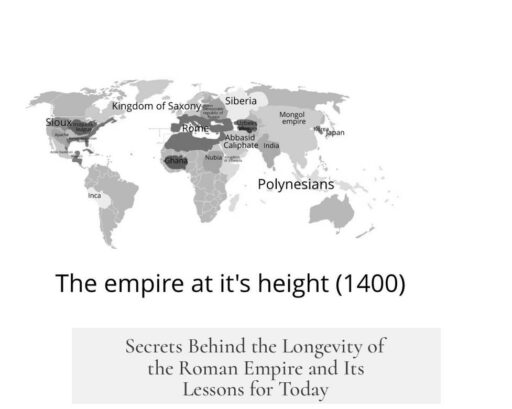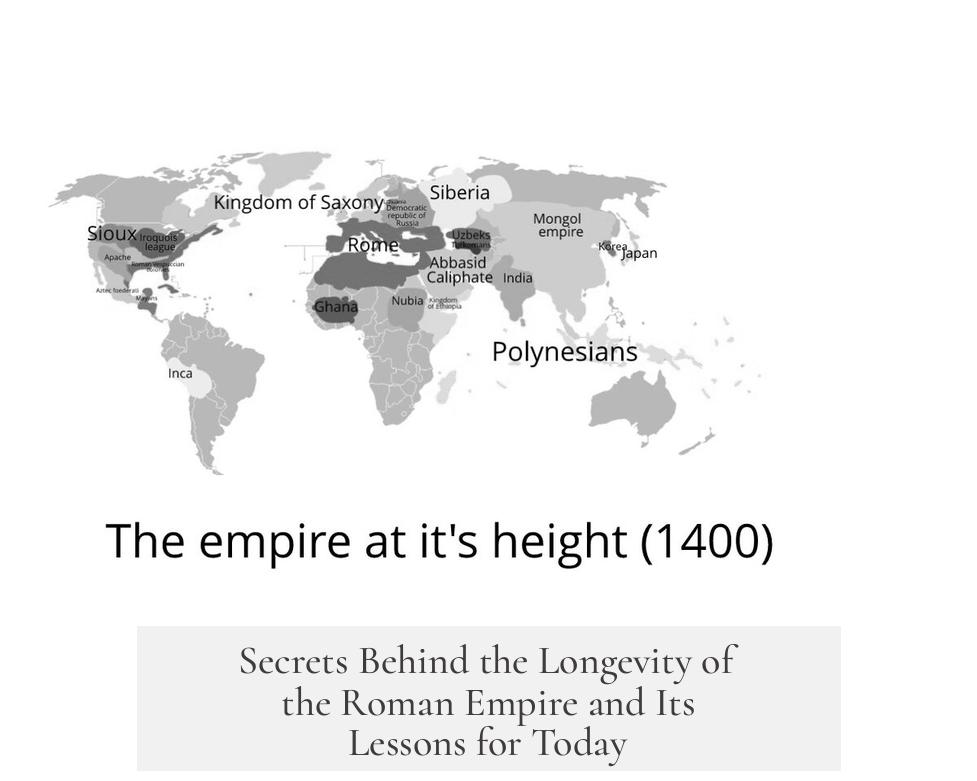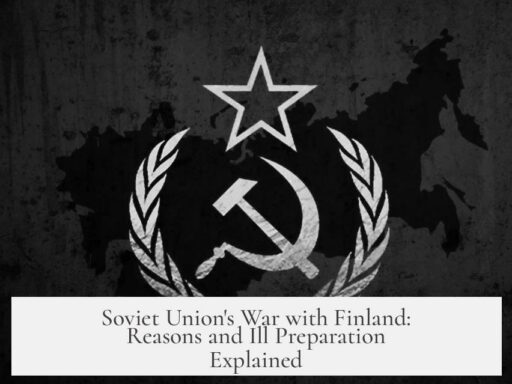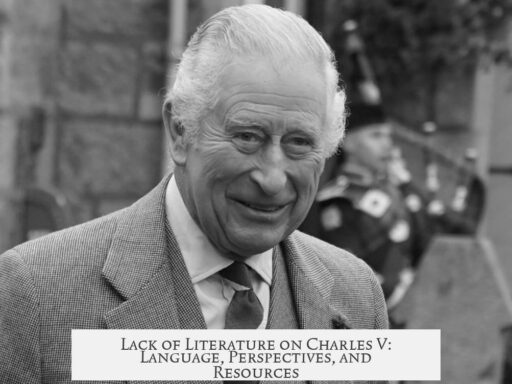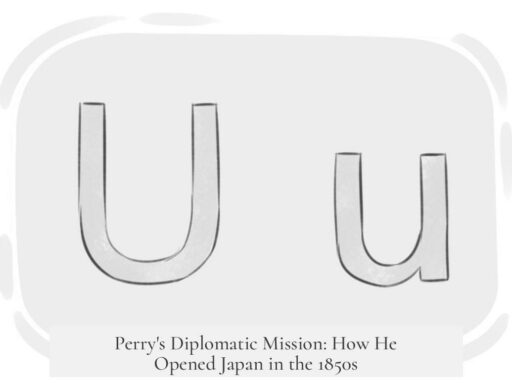The Roman Empire lasted so long due to a combination of its institutional strength, complex governance, and broad social and military support beyond just the emperors themselves. Its endurance stems less from individual rulers and more from its structured bureaucracy, disciplined military, and adaptability across vast territories and diverse populations.
Ancient sources describing emperors are often biased. Most records come from the senatorial and patrician classes, who frequently opposed emperors that limited their power. These accounts depict some emperors as tyrants or monsters. However, these same rulers might have been effective or even popular among the army and lower classes, who formed the majority of the empire’s population. This difference in perspective shows that an emperor’s reputation does not directly determine the empire’s stability or longevity.
The role of the emperor, though significant, is only one part of the empire’s survival. The real operation relied heavily on a vast bureaucracy. Governors, magistrates, and tax collectors managed daily governance across provinces. The Roman legions maintained security and order, spreading influence and protecting borders. This well-organized system ensured continuity even amid leadership changes or palace intrigues.
There is debate about how far the Roman Empire’s longevity really extends. Some historians trace its survival through the Eastern Roman (Byzantine) Empire until 1453, and even argue that Roman institutional elements persisted under the Ottoman Empire until 1918. This broad view highlights the empire’s lasting influence on governance, culture, and law in Europe and beyond.
For deeper insight, modern scholars like Mary Beard offer critical reassessments of imperial power. Her work emphasizes the complexity of rule and the limits of traditional narratives about emperors’ roles. This research provides a clearer understanding of why the empire endured for centuries despite internal and external challenges.
- The empire’s endurance relies on strong institutions, not just rulers.
- Bias in ancient sources affects how emperors are judged.
- Governance depended on bureaucracy and military support.
- Longevity debates include the Eastern Roman Empire and beyond.
- Modern scholarship offers revised views on imperial power.
How Did the Roman Empire Last So Long? Unlocking the Secrets of Eternal Rome
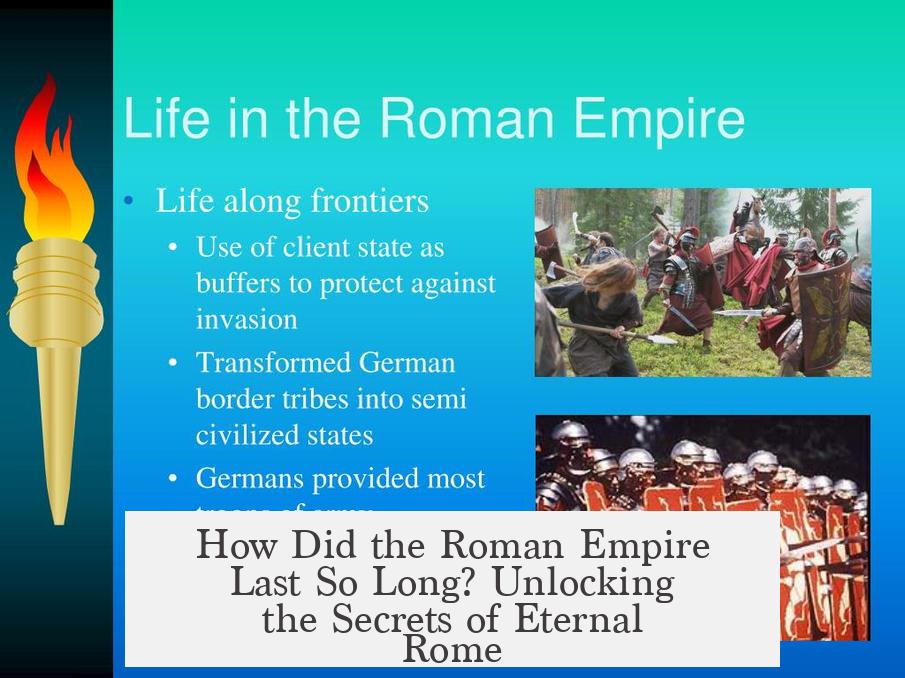
The short answer: It lasted long not because of flawless emperors or flashy personal rule, but because of robust governance structures, a powerful military, and some serious historical storytelling bias.
Now, before you imagine Roman emperors as superheroes or villains steering the ship, let’s unpack the real story. The longevity of the Roman Empire is more about a complex system than just one man’s whim or wisdom.
Who Wrote History? Bias and Emperor Reputation
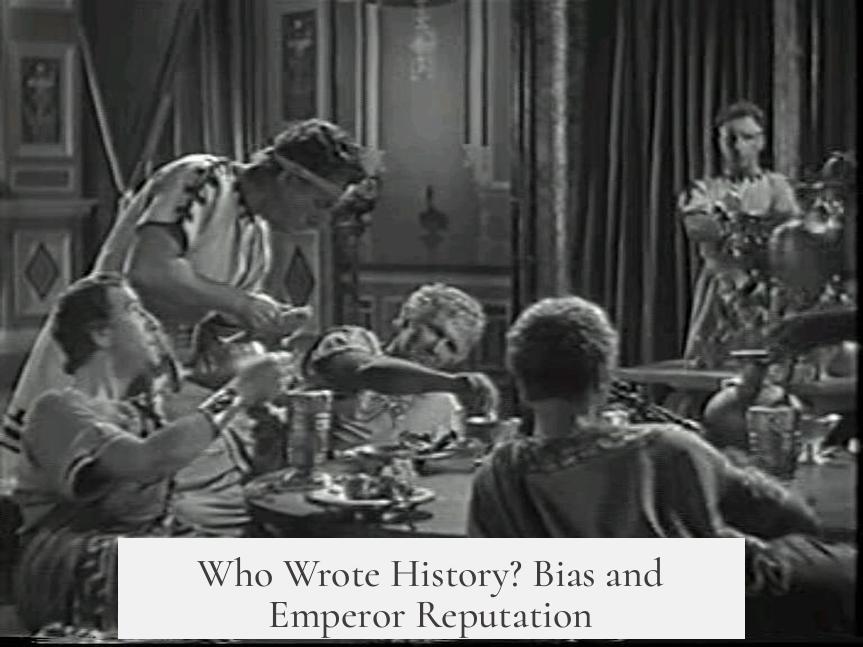
Think about it: who tells the story in history books? Usually, it’s the elites who felt threatened or annoyed by change. In Rome’s case, the senators and patricians—basically the political upper crust—were the primary authors of the ancient records.
They often hated emperors who curtailed their power, framing certain emperors as tyrants or monsters. But there’s a twist. These emperors might have been despised by the Senate but respected or even adored by the army and common folks—the backbone and vast majority of the empire.
“An emperor that was a tyrant and monster to the senatorial class could have easily been a moderate to good emperor to, say, the army and the lower social classes.”
This perspective shift is critical. If you only listen to the senators, you get a lopsided story—kind of like reviewing a restaurant based solely on the grumpy chef’s opinion of the customers.
The Emperor’s Role: More Figurehead Than Solo Actor
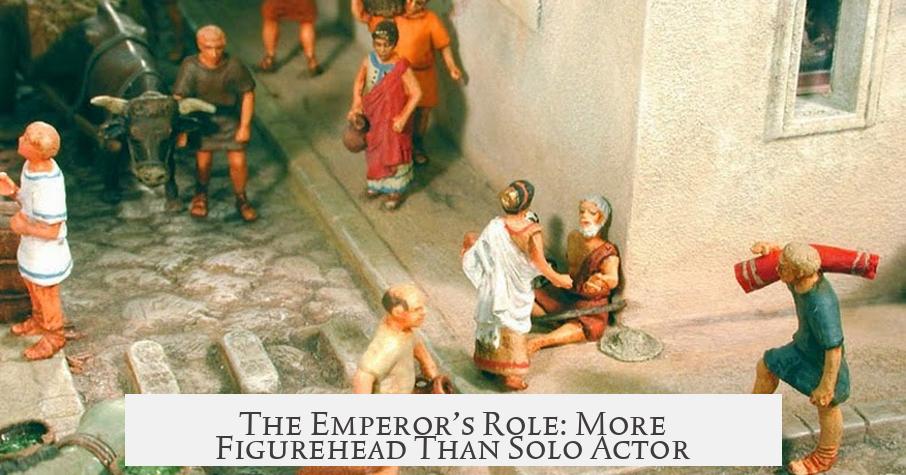
Yes, emperors had power. But here’s a less glamorous reality: the empire wasn’t managed like a one-man show. Instead, it depended heavily on a vast bureaucracy. Think governors, magistrates, tax collectors, and, of course, the legions. These guys kept the administrative wheels turning.
Even if an emperor was a genius or a disaster, the empire’s machinery ran mostly on powerful systems underneath. The legions enforced laws, collected taxes, and maintained order. Bureaucrats dealt with the day-to-day details, making sure Rome didn’t collapse due to one bad emperor’s mistakes.
Longevity Beyond the Classical Empire
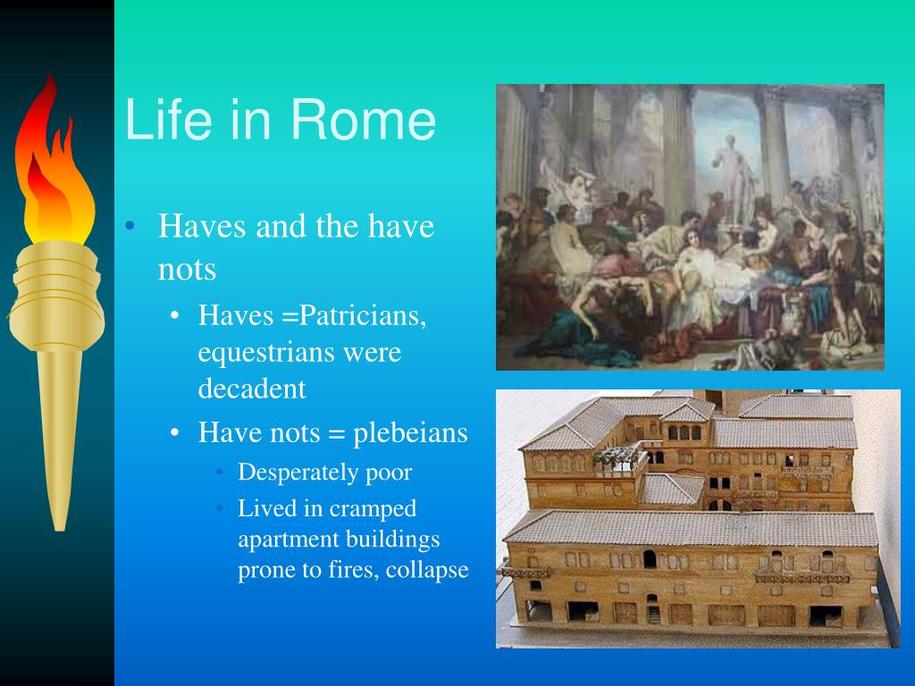
When people say “Roman Empire,” they usually think 27 BCE to 476 CE. But that timeline underestimates Rome’s true legacy.
The empire morphed into the Eastern Roman Empire, or Byzantine Empire, surviving for nearly a thousand more years until 1453. Some argue its influence extended to the Ottoman Empire, standing until 1918. This means Rome’s legacy could span over two millennia!
So, how “long” the Roman Empire lasted depends on how you define “Roman.” If you see it as a continuous thread of power, culture, and administration, the story stretches far beyond the fall of Rome’s western halves.
Why Modern Scholarship Matters
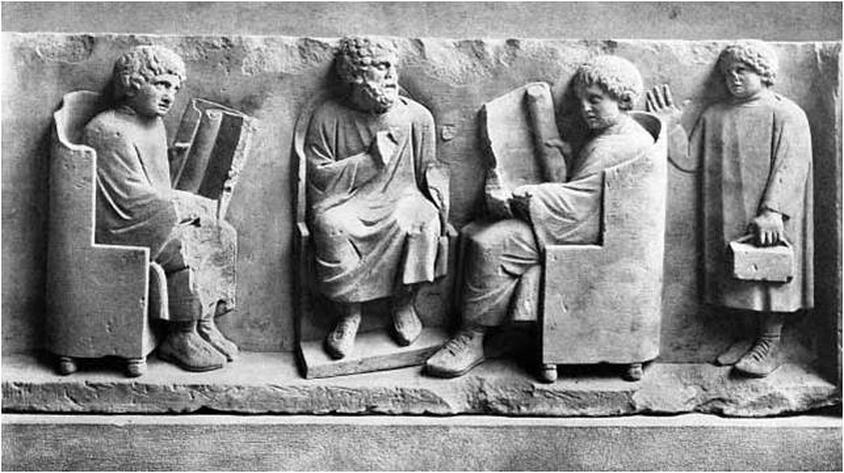
History isn’t static. Modern scholars like Mary Beard are rewriting Roman narratives using fresh perspectives. Her book “Emperor of Rome: Ruling the Ancient Roman World” dives into imperial politics through a critical lens that questions old assumptions and biases.
Her work reveals that ruling Rome was less a grand heroic saga and more entangled palace coups and power games, seen through the eyes of both elites and commoners. This helps us understand the Roman Empire’s resilience as a complex system of power-sharing rather than a single heroic reign.
What This All Means for Understanding Roman Longevity
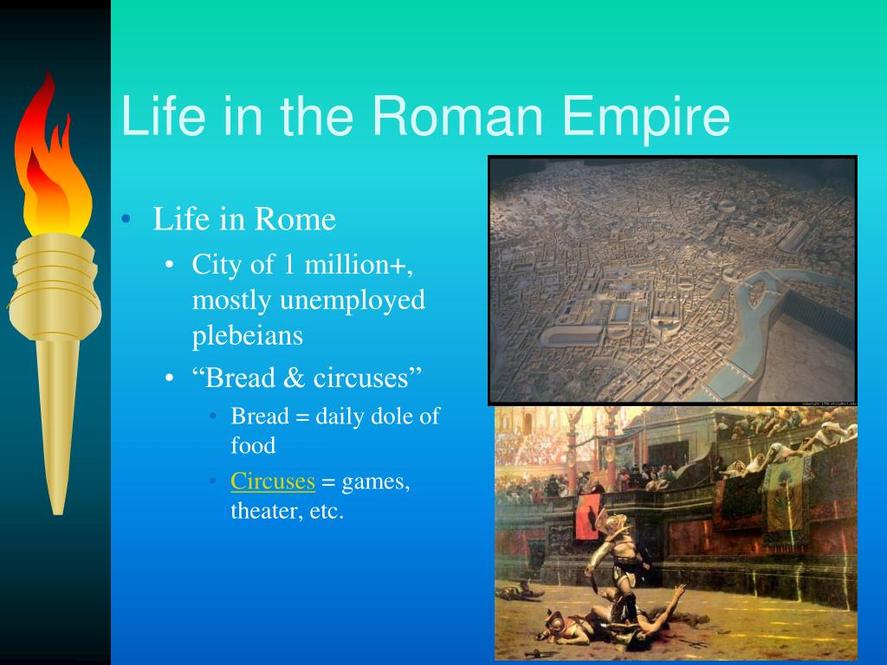
- It’s not just famous emperors that made Rome last; the empire survived because bureaucracy and legions sustained governance, law, and order even when emperors failed.
- Historical records come with bias; the senate disliked some emperors, but armies and people might have supported those same rulers.
- The empire’s legacy spans centuries beyond the classical period; considering Byzantine and Ottoman successors gives a more layered understanding of Rome’s endurance.
- Modern research reshapes the narrative; new sources and critical interpretations highlight a nuanced political reality behind Rome’s longevity.
Practical Lessons from Rome’s Long Life
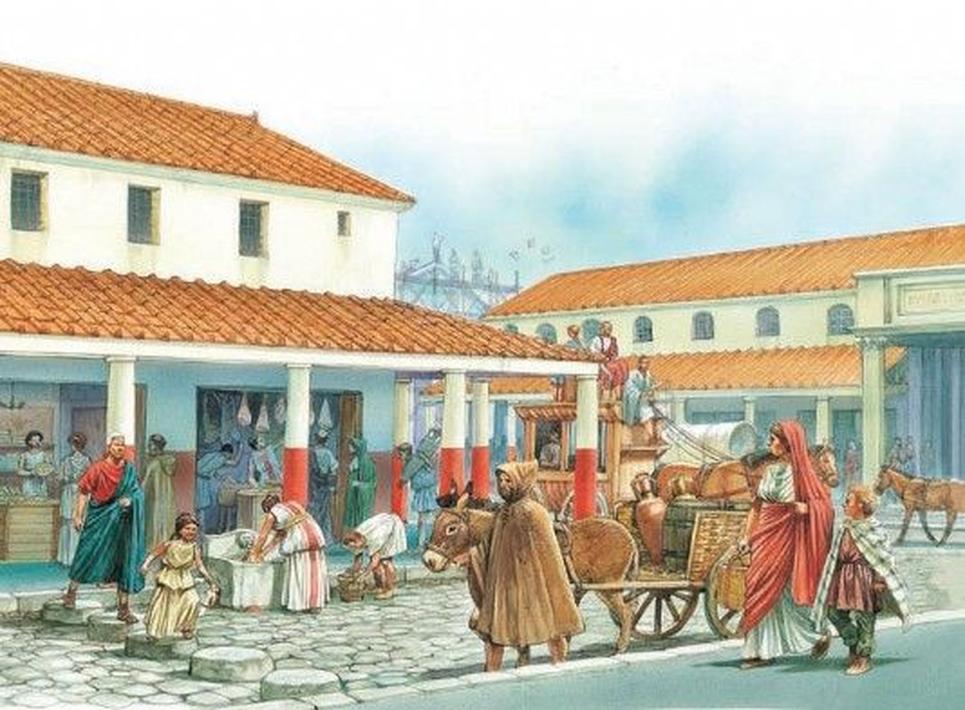
If you think about it, Rome’s longevity teaches some timeless leadership and organizational lessons:
- Don’t rely on a single leader. Systems and institutions must outlive personalities.
- Governance needs layers: administrators, military, and local officials working together keep stability.
- Be wary of one-sided stories. Always look for multiple perspectives before judging any leader’s impact.
Imagine trying to run a corporation where the CEO policies please the board but alienate workers and customers. Rome’s lesson is clear: the opinions of all stakeholders matter, not just the elites.
Final Thoughts: Was Rome a Fluke or a Masterclass in Durability?
It’s tempting to credit Rome’s centuries-long reign to a parade of charismatic emperors or divine destiny. But the reality is more pragmatic.
Rome’s endurance came from the clever blending of governance structures, military might, and flexible adaptation over time, despite messy politics and imperfect leaders. It was a living organism, adapting and evolving. And, let’s be honest, if we only listened to ancient Senate gossip, we’d miss the whole story.
So next time you ponder imperial history, remember: Rome’s empire lasted because it worked as a team, not just a solo act. And that, dear reader, might just be the secret sauce that kept the Eternal City ticking for centuries.
What role did biased ancient sources play in shaping the reputation of Roman emperors?
Most records come from the senatorial class, who often disliked emperors limiting their power. This bias means some emperors seen as tyrants by senators might have been viewed positively by the army or common people.
How did the Roman Empire’s bureaucracy affect its stability?
The empire relied heavily on its bureaucracy, including governors and tax collectors. The emperor alone did not control the entire governance, which helped maintain continuity despite changes in leadership.
Can the Eastern Roman Empire be considered a continuation of the Roman Empire?
There is debate on this. Some scholars trace the empire’s legacy to 1204, 1453, or even 1918 if including the Eastern Roman and Ottoman empires as successors in some form.
Why might an emperor disliked by the senate still contribute to the empire’s longevity?
An emperor could support the army and lower classes, which made up most of the population. This support helped maintain order and loyalty across the empire, even if senators opposed him.
What modern works help understand the real power dynamics in the Roman Empire?
Mary Beard’s recent book “Emperor of Rome” explores imperial power and palace politics, offering a modern critique of ancient sources and a clearer picture of how emperors ruled.
